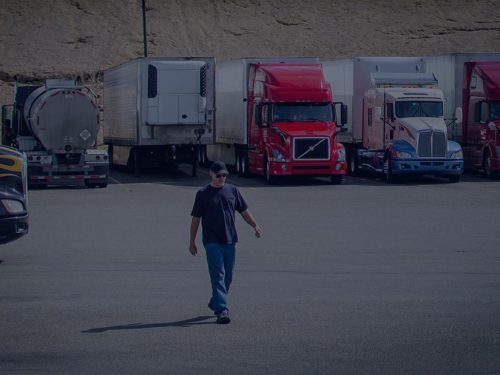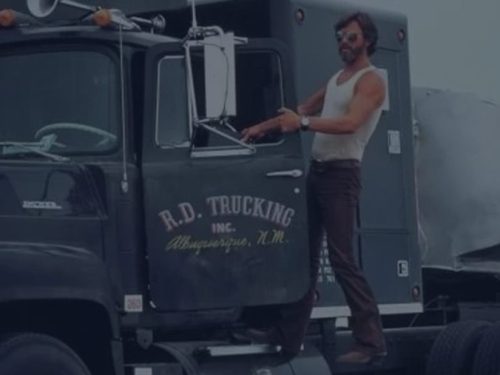Engines Off – Drivers Quit the Road as Post-Pandemic Demand Drops
As post-pandemic demand drops, thousands of truckers are hitting the brakes and quitting the road, facing the challenges of high fuel and maintenance costs in the trucking industry.
According to a report by NBC News, the demand for truck drivers skyrocketed during the pandemic. However, many independent owner-operators who answered this call are now facing financial difficulties and struggling to pay their bills. Since October 2022, approximately 15,000 trucking companies have shut down, as reported by freight and analytics firm DAT. Most of these companies were comprised of owner-operators with only one truck.
The surge in demand for truck drivers was a result of the pandemic-induced trend of increased online shopping. As Americans hunkered down and relied more on online purchases for groceries, furniture, electronics, and other goods, it led to bottlenecks at shipping ports, logistics centers, and warehouses. To alleviate this issue, more truckers were needed.
Trucks play a vital role in transporting goods, accounting for over 72% of the nation’s freight by weight, according to the American Trucking Association (ATA). This high demand for truckers became almost crippling during the pandemic, leading to increased salaries and signing bonuses offered by trucking companies to attract employees.
ATA Chief Economist Bob Costello highlighted the impact of the driver shortage and increased demand on driver salaries. He stated that the driver shortage, coupled with the post-pandemic economic boom, drove up driver salaries. The median salary for truckload drivers exceeded $69,000 in 2021, representing an 18% increase from the previous survey. Additionally, the median salary for a driver at a private fleet was $85,000.
Owning one’s own rig offered even higher pay, with trucking firms advertising six-figure incomes for owner-operators. Social media influencers shared stories of wealth and success on the road, leading to a surge in individuals investing in trucks and starting their own mini trucking operations. The Owner-Operator Independent Drivers Association reported a 50% increase in the number of trucking companies between the beginning of the pandemic and the end of the previous year.
In April 2022, President Joe Biden celebrated his success in addressing supply-chain disruptions by showcasing parked rigs on the White House Lawn. He stated that trucking employment in 2021 reached its highest level since 1994, with 35,000 more trucking jobs than before the pandemic.
However, the current inflationary environment is impacting consumer spending habits, resulting in a slowdown in demand for truckers. Some individuals who entered the trucking business found it challenging to navigate fluctuations in fuel prices and maintenance expenses. As truckers exit the industry due to shrinking demand for their services, the equipment they purchased is no longer able to command the same high prices they paid for it.
Trucker David Coates from Houston expressed his views on the situation, stating that a “trucking purge” might be necessary for the industry to rebalance. He believes that many of the new companies will have to go out of business to bring stability to the market.
The struggles faced by owner-operators in the trucking industry reflect the boom and bust cycle often observed during a pandemic. However, looking ahead, the future is not entirely bleak. The Bureau of Labor Statistics projects a 6% growth in transportation and material-moving occupations from 2021 to 2031, which is in line with the average pace for all occupations. This projection translates to approximately 861,800 new jobs over the decade, with more than 1.9 million openings each year expected from growth and replacement needs.







